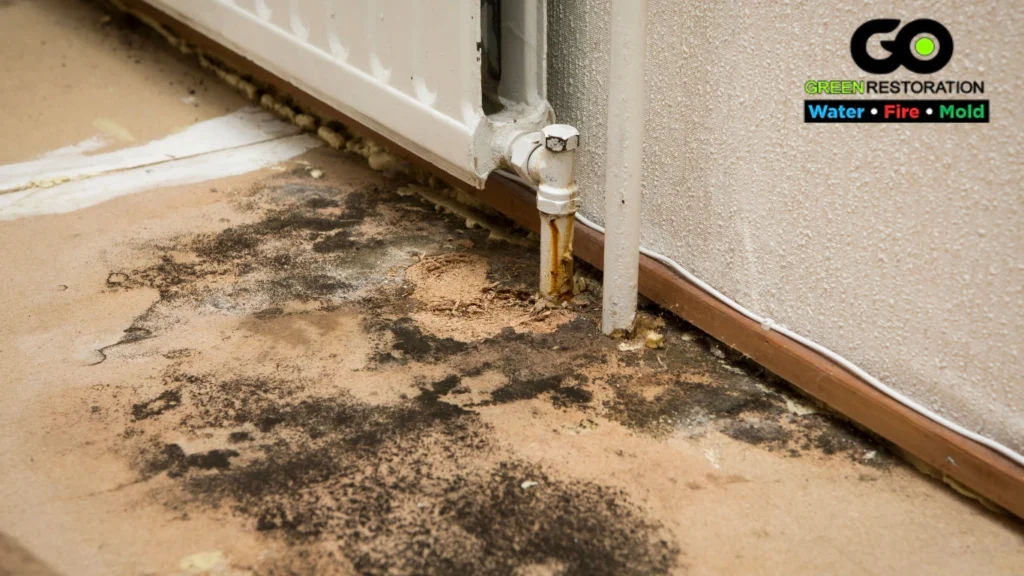Mold issues were addressed with simple cleaning methods that provided only temporary relief. Homeowners relied on bleach and other household cleaners to scrub away visible mold, often unaware that spores remained deep within porous materials. Without proper containment or air filtration, disturbed mold colonies released airborne particles, causing further contamination. These early approaches lacked precision, allowing mold to return and spread, ultimately leading to larger structural and health concerns.
The Shift to Professional Mold Remediation Techniques
As awareness of mold-related health risks grew, the mold remediation industry developed more effective strategies. Professionals introduced HEPA filtration systems to capture airborne spores and prevent cross-contamination. Chemical treatments evolved beyond basic disinfectants, incorporating fungicidal solutions that penetrated porous surfaces. Restoration teams also began using negative air pressure systems to isolate affected areas, preventing mold from spreading during the cleanup process. These innovations transformed mold removal from a reactive effort into a strategic and controlled process.
The Role of Technology in Modern Mold Removal
Today’s mold remediation techniques utilize cutting-edge technology to improve efficiency and accuracy. Thermal imaging cameras detect hidden moisture, allowing specialists to address mold growth at its source. Eco-friendly enzyme-based cleaners offer a safer alternative to harsh chemicals, breaking down mold at a molecular level. Dry ice blasting and vapor-based treatments now allow for non-invasive mold removal, preserving building materials while ensuring thorough decontamination. These advancements have made mold remediation more effective while prioritizing health and environmental safety.
The Future of Mold Prevention and Remediation
The focus of mold remediation is shifting from removal to prevention. Smart home sensors now monitor humidity levels and detect leaks in real time, preventing conditions that foster mold growth. AI-driven air quality systems analyze indoor environments, identifying early warning signs before mold becomes a serious issue. As science continues to refine mold remediation methods, the industry is moving toward long-term solutions that create healthier, mold-resistant living and working spaces.
Learn more:
How Science Has Shaped Modern Mold Remediation Techniques
The History of Mold Remediation: How Techniques Have Evolved Over the Decades

